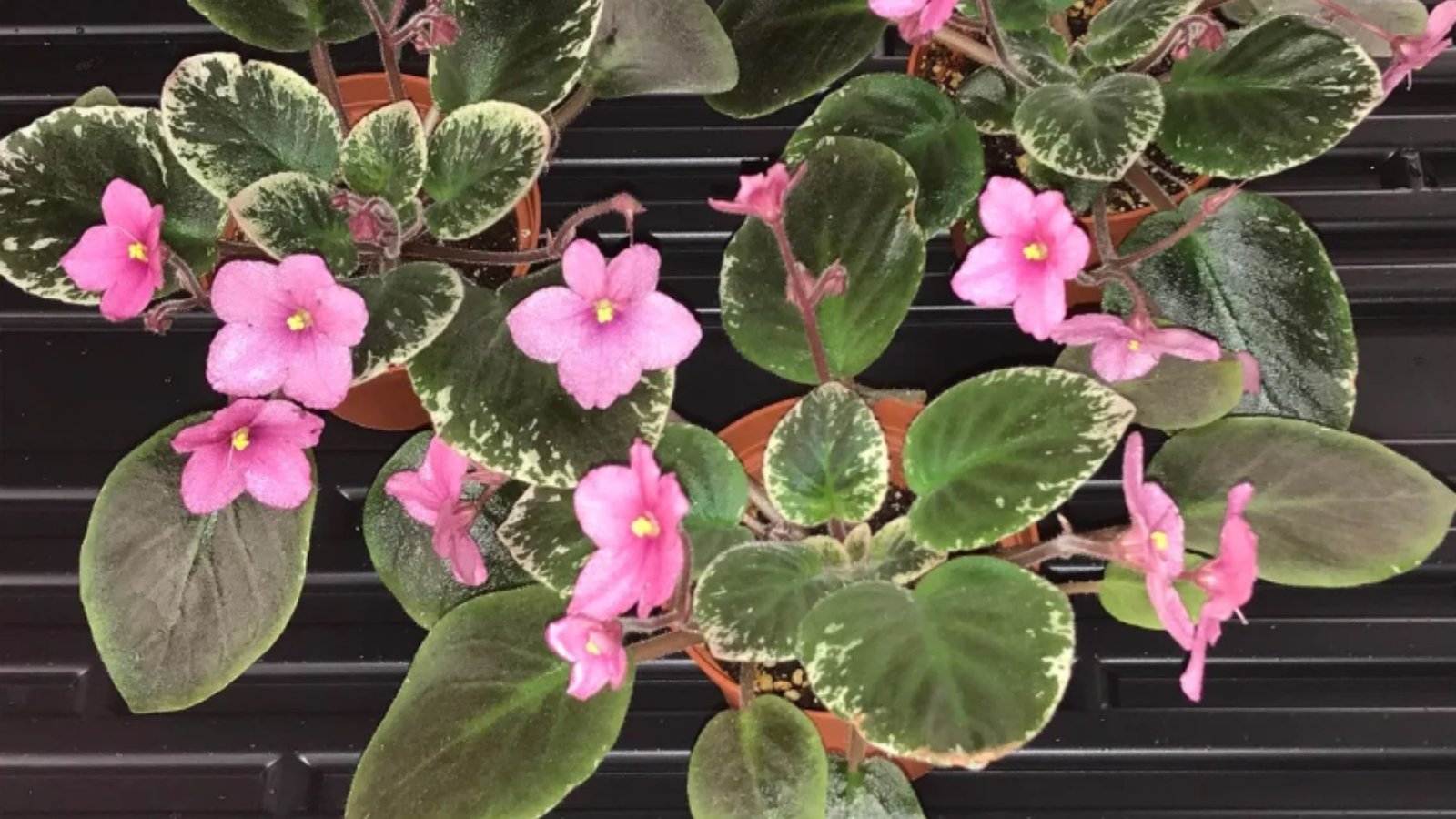Quick Overview
African violets are among the most beloved houseplants due to their vibrant flowers and ease of care. However, even experienced gardeners can make mistakes when growing African violets from seed. From soil choices to lighting and watering, small missteps can slow growth or prevent flowering. This guide highlights the most common errors and explains how to avoid them. It also includes advice for miniature varieties and global seed options like Nadeau Saintpaulia seeds for China, ensuring success for every grower.
Table of Contents
- Introduction to Growing African Violets from Seed
- Choosing the Wrong Soil
- Incorrect Watering Techniques
- Improper Light Exposure
- Overcrowding Seedlings
- Ignoring Temperature and Humidity
- Focusing Only on Local Seeds
- Special Tips for Miniature Varieties
- Conclusion
Introduction to Growing African Violets from Seed
Growing African violets from seed can be a highly rewarding experience. These delicate plants, scientifically known as Saintpaulia, allow gardeners to witness every stage of life, from germination to flowering. Many people start their journey by searching for house plant African violet seeds, which are widely available. While growing from seed may require patience, avoiding common mistakes ensures faster germination, healthier leaves, and brighter blooms.
Choosing the Wrong Soil
One of the biggest mistakes is using soil that is too dense or poorly draining. African violet seeds need a light, airy mix that retains moisture without becoming soggy. A combination of peat moss, vermiculite, and perlite is ideal. Studies show that well-aerated soil can increase germination rates by up to 40%. Overly compact soil can lead to root rot, poor growth, and weak seedlings.
Incorrect Watering Techniques
Overwatering or underwatering is another frequent error. Seeds need to stay evenly moist, but too much water can drown them. On the other hand, if the soil dries out too fast, the seeds may fail to germinate. A simple solution is to use a spray bottle for fine, even misting. Watering from the bottom using trays is also effective for established seedlings. Proper hydration ensures strong roots and healthy leaf development.
Improper Light Exposure
Light is essential for photosynthesis and healthy growth. Many new growers either place seedlings in too much direct sunlight, which burns tender leaves, or in too little light, which results in leggy, weak plants. African violets thrive under bright, indirect light. For homes with limited natural light, LED grow lights can provide 10-12 hours of daily illumination. Adequate lighting helps seedlings develop strong stems and encourages vibrant flowers later.
Overcrowding Seedlings
Planting too many seeds in a small container can lead to overcrowding. Overcrowded seedlings compete for nutrients, light, and water, often resulting in stunted growth or disease. Using separate trays or thinning seedlings ensures each plant has enough space to develop. Spacing seedlings properly promotes better airflow and reduces the risk of mold or fungal infections.
Ignoring Temperature and Humidity
African violets prefer stable indoor temperatures between 65°F and 75°F. Seedlings can become stressed and grow slowly if they are exposed to sudden drafts, chilly windows, or excessively hot spots. Similarly, humidity levels around 50% are optimal. Too low humidity can dry out leaves; while too high can encourage fungal growth. Simple adjustments, such as placing a humidity tray nearby, can significantly improve seedling health.
Focusing Only on Local Seeds
While local seeds are convenient, limiting options can restrict variety and quality. Many growers explore international sources for rare or hybrid seeds, including African violet seeds for China or Nadeau Saintpaulia seeds for China. These seeds are often carefully cultivated for high germination rates and unique colors or patterns. Exploring different seed sources allows gardeners to try new varieties and cultivate unique, standout plants.
Special Tips for Miniature Varieties
Miniature African violets require extra attention. African violet seeds often have smaller root systems and are more sensitive to overwatering and compact soil. Using finer soil and monitoring moisture closely is essential. Providing gentle light and proper spacing ensures miniature seedlings grow strong and healthy. Patience is key, as these tiny plants may take slightly longer to bloom, but the result is well worth the wait.
Concluding words
Avoiding mistakes when growing African violets from seed is critical to success. Choosing the right soil, watering properly, providing sufficient light, spacing seedlings, and maintaining ideal temperature and humidity all play a major role in healthy plant development. Considering international seed options, including Nadeau Saintpaulia seeds and African violet seeds for China, can expand your collection and offer unique varieties.
For reliable seeds and expert guidance, gardeners should explore Nadeau African Violet Seeds. This site provides high-quality seeds, practical instructions, and valuable tips for growers of all levels. Use Nadeau African Violet Seeds to ensure your African violets thrive from seed to bloom.
Related Reads
- What Makes Pure Air Duct Cleaning in Apache Junction Stand Out?
- Comprar seguidores Colombia: Boost Your Reach with Real Users
- How Quality Control Inspection Builds Trust with a Quality Control Company
- Why You Should Choose Ceramic Worktops for Your Home Bar?
- Custom Deli Paper: Elevate Branding & Freshness



